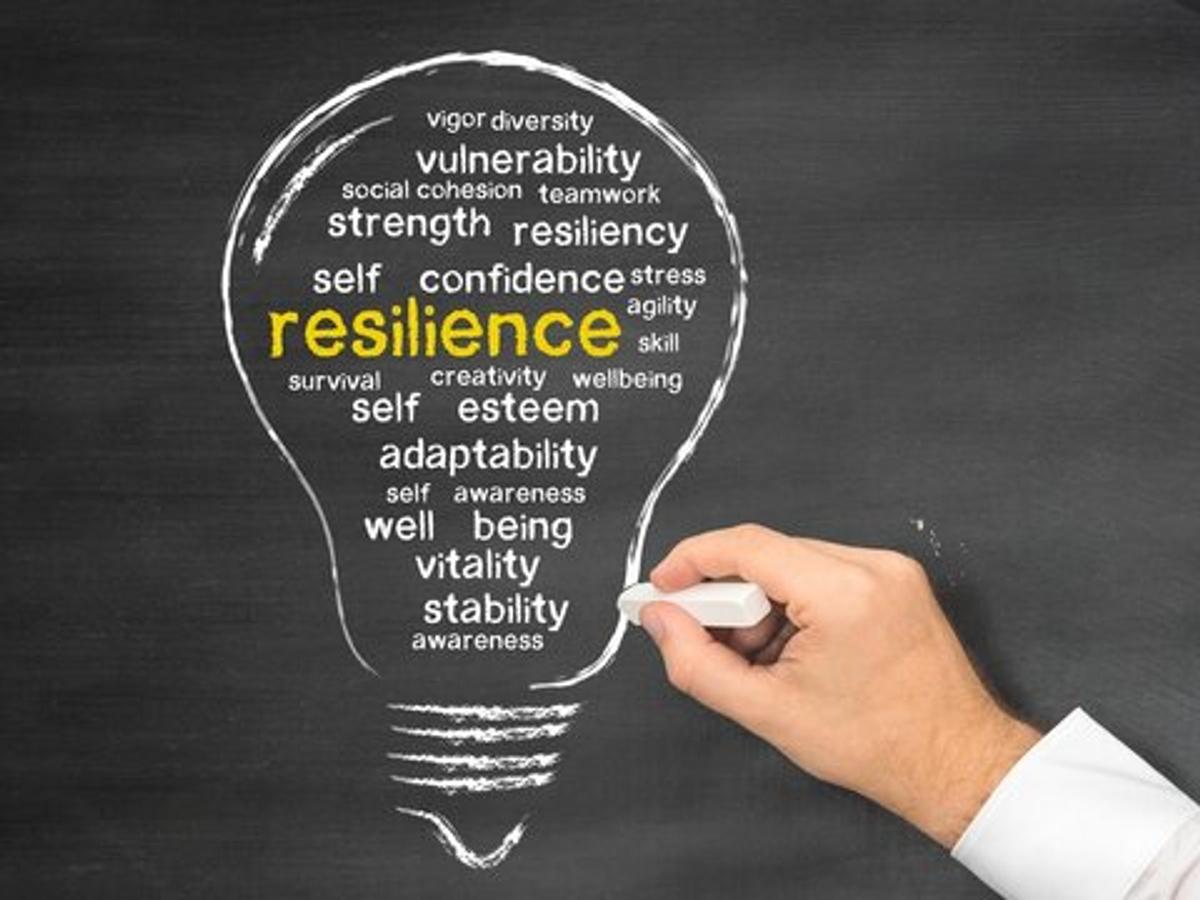Allied Health (Wellbeing)

Allied Health (Wellbeing)
Building Resilience in Students: Coping with Challenges and Stress


In today’s fast-paced and ever-changing world, resilience has become a vital skill for students. Resilience is the ability to bounce back from challenges, adapt to change, and thrive in the face of adversity. Developing resilience not only helps students manage stress but also empowers them to approach life’s difficulties with confidence and optimism.
Here are practical ways to support students in building resilience, both at school and at home.
1. Encourage a Growth Mindset
A growth mindset—the belief that abilities and intelligence can improve through effort—helps students see challenges as opportunities to learn rather than insurmountable obstacles.
• At school: Celebrate effort and persistence, not just results.
• At home: Encourage phrases like “I can’t do this yet” to reinforce the idea that progress is always possible.
2. Teach Problem-Solving Skills
Resilient students are proactive in tackling problems rather than avoiding them. Help children learn to break challenges into smaller, manageable steps.
• Practical tip: Use real-life scenarios to guide problem-solving discussions, such as resolving a conflict with a friend or organizing a busy schedule.


3. Promote Healthy Coping Mechanisms
Instead of bottling up emotions or engaging in unhealthy behaviors, resilient students learn to cope with stress in positive ways.
• Strategies: Teach relaxation techniques like deep breathing, journaling, or physical activities like yoga or walking.
4. Normalize Mistakes and Failures
Mistakes are a natural part of growth, and resilient students learn to view them as valuable learning experiences.
• At school: Share examples of famous failures that led to success.
• At home: Avoid overreacting to mistakes and instead ask, “What did you learn from this?”
5. Foster Strong Relationships
A supportive network of friends, family, and teachers gives students a sense of belonging and encouragement during tough times.
• At school: Create opportunities for teamwork and collaboration.
• At home: Maintain open lines of communication and provide a safe space for your child to share their thoughts and feelings.
6. Encourage Self-Reflection
Resilience grows when students understand their own strengths and emotions. Self-awareness helps them approach challenges with greater clarity and confidence.
• Practical tip: Use a journal or regular check-ins to help students reflect on their experiences and recognize how they’ve overcome past challenges.


7. Model Resilience
Children learn by example. When adults demonstrate calmness and perseverance in the face of difficulty, students are more likely to adopt the same attitudes.
• At home: Share stories of times you’ve overcome challenges and how you handled them.
• At school: Show students how you navigate stressful situations with a positive and problem-solving mindset.
8. Balance Structure with Flexibility
Resilient students thrive when they feel a sense of control, but they also need to adapt to unexpected changes.
• Strategies: Provide routines for stability while encouraging flexibility when plans don’t go as expected.
9. Celebrate Progress and Resilience
Acknowledging how students have overcome challenges reinforces their confidence and resilience.
• At school and home: Highlight even small wins and remind them of how far they’ve come.


10. Focus on Self-Care
Resilience is easier to maintain when students prioritize their mental and physical health.
• Tips: Encourage balanced eating, regular exercise, and adequate sleep to keep their minds and bodies in peak condition.
By equipping students with resilience skills, we prepare them not only to succeed academically but also to handle the challenges of life with strength and determination. Together, parents, teachers, and the community can help students develop the resilience they need to thrive.